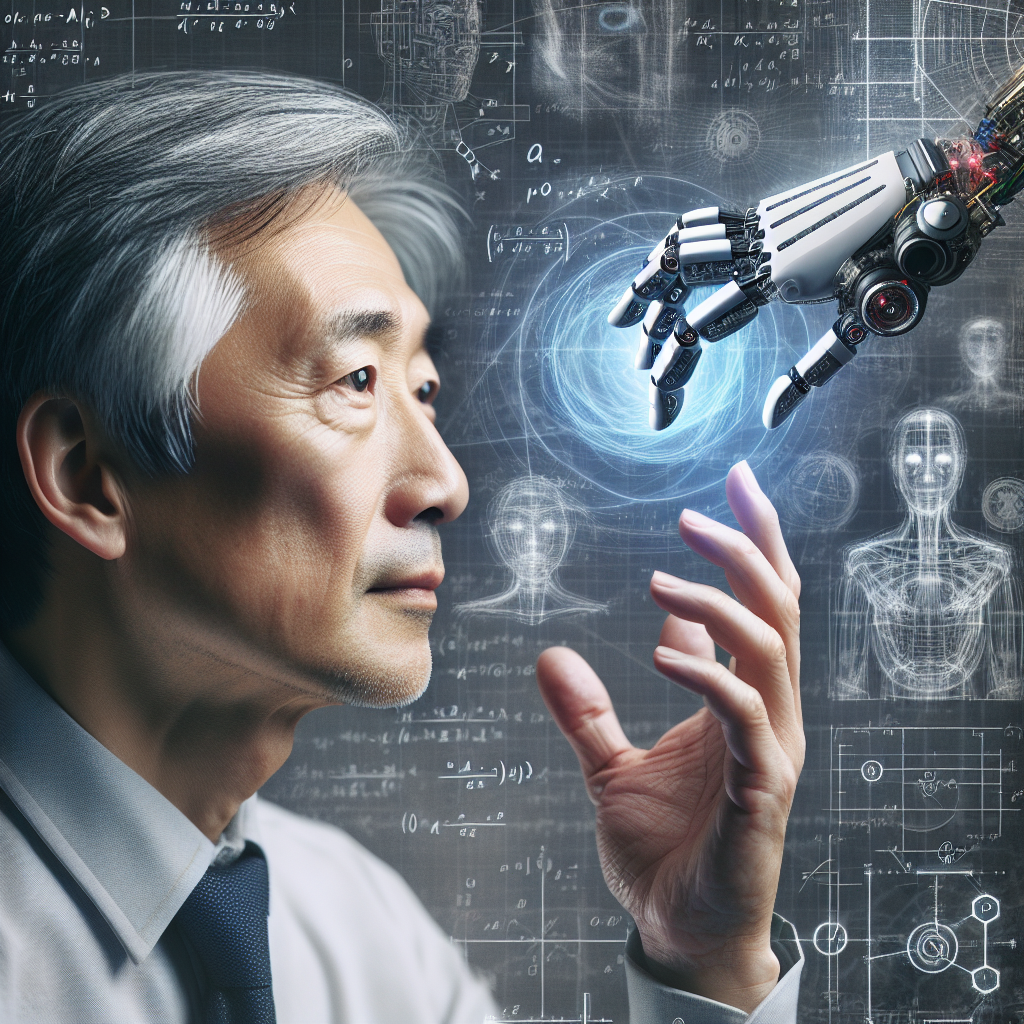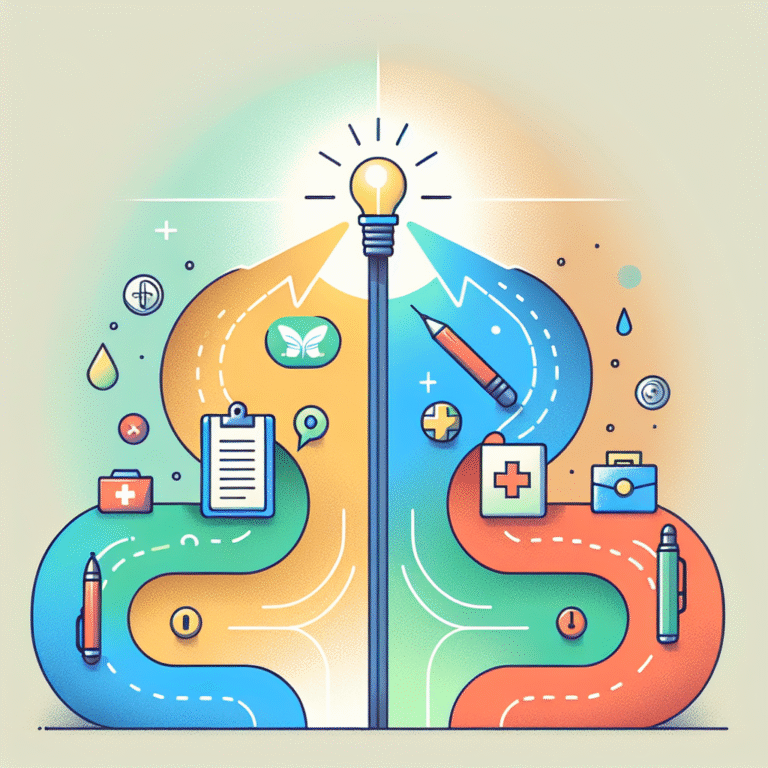
Introduction
In an era dominated by rapid technological advancements, the term "human factors" often falls by the wayside. Yet, integrating human elements into technology development is more essential than ever. When we think of technology, we often envision cold machines sputtering instructions, devoid of empathy or understanding. However, the most successful technologies are those that embrace The Human Touch: Integrating Human Factors in Technology Development. The synthesis of human insight into tech design not only enhances user experience but also fosters innovation that resonates on a deeper, emotional level.
Why is this integration imperative? Simply put, technology exists for people. Whether it’s a smartphone application, medical device, or automated manufacturing system, the ultimate goal is to serve human needs and enhance our quality of life. Research shows that projects incorporating human factors yield better outcomes, increased user satisfaction, and heightened acceptance rates. This article delves into the profound connections between human factors and technology, interspersed with real-world case studies and actionable insights to guide tech developers toward a more compassionate future.
Understanding Human Factors
What Are Human Factors?
Human factors refer to the multidisciplinary field dedicated to understanding how humans interact with various systems, be they technological, organizational, or environmental. This field draws from psychology, engineering, design, ergonomics, and even anthropology to ensure that products meet users’ needs and expectations.
Why Are They Important?
The Human Touch: Integrating Human Factors in Technology Development isn’t merely a best practice; it’s a necessity. Refining technology through the lens of human behavior, preferences, and limitations helps avoid costly errors and fosters innovations that resonate well with users. A deeper understanding of human factors can dramatically reduce errors, decrease training time, and improve user satisfaction, making it a cornerstone in technology development.
The Evolution of Human-Centric Design
The Shift from Functional to Human-Centric
Historically, technology was built primarily for functionality. However, the evolution of user-centered design has shifted the focus toward the people interacting with the technology. As we integrate human factors, technologies like websites, applications, and machines become more than mere tools; they become extensions of human capability, enhancing usability while catering to varying user needs.
Case Study: Apple Inc.
Apple is one of the most successful companies known for The Human Touch: Integrating Human Factors in Technology Development. Their intuitive user interfaces have set industry standards. For instance, the design of the iPhone focused on user experience—every button, every swipe, and every interaction was designed by considering the human touch. Apple integrates rigorous usability testing into its development cycle, ensuring that any new technology aligns with user expectations and behaviors.
Analysis
Apple’s approach demonstrates the financial and reputational rewards that come from prioritizing human factors in technology. The ongoing commitment to user-centric design has not only set them apart from competitors but created an emotional connection with their consumers.
Human Factors in Specific Sectors
Healthcare Technology
The healthcare industry has been a significant beneficiary of human factors integration. Medical devices and software that take into account user experience can dramatically improve patient outcomes.
Case Study: Philips Healthcare
Philips developed imaging machines that emphasize human factors, ensuring they are user-friendly for healthcare providers and less intimidating for patients. By conducting extensive user research, Philips was able to reduce the learning curve for new staff and improve patient satisfaction rates.
Analysis
Philips illustrates how The Human Touch: Integrating Human Factors in Technology Development can lead to significant improvements in not only operational efficiency but also in patient satisfaction. The thoughtful design can ease anxiety in patients and streamline workflows for healthcare providers.
Consumer Technology
The consumer technology sector is often criticized for its neglect of human factors, leading to confusing experiences and customer frustration. However, there are prominent examples where successful brands have integrated these principles.
Case Study: Dyson
Dyson products, from vacuum cleaners to hair dryers, focus extensively on user experience. The design process includes understanding ergonomics, noise levels, and ease of use, all derived from extensive user feedback.
Analysis
Dyson’s commitment to human factors in their product design illustrates a profound truth: well-rounded technology can be both beautiful and functional. Their dedication to user preferences has not only built brand loyalty but has also created a legacy of innovation.
The Role of UX/UI Design
Impact of User Experience (UX)
User experience (UX) is the very essence of The Human Touch: Integrating Human Factors in Technology Development. Designers must engage with end-users to understand their needs and frustrations deeply to create meaningful experiences.
Case Study: Airbnb
Airbnb’s design team employs extensive user research to tailor its platform for ease of use. The company consistently tests new features, soliciting user feedback to refine their offerings.
Analysis
Airbnb’s success heavily relies on its ability to make users feel understood and valued. By placing a strong emphasis on human factors, they have fostered a unique community feeling that keeps their clients coming back.
Data-Driven Decisions and Human Factors
Importance of Analytics
In an age where data drives decision-making, integrating human factors extends to analyzing user data. Metrics like user engagement, click-through rates, and feedback provide valuable insights into user behavior, informing better design decisions.
Case Study: Google
Google uses vast amounts of user data to enhance their services. Their A/B testing and user feedback loops ensure continuous improvement of their offerings.
Analysis
Google’s ability to integrate human factors through data analytics exemplifies how businesses can create products that resonate with users, keeping them engaged and satisfied.
Barriers to Integration
Common Challenges
Despite the clear benefits, integrating human factors into technology development often encounters barriers, such as:
- Cost: Incorporating user research and testing can initially seem expensive.
- Time-Consuming: Thoroughly understanding human factors often takes more time than rushing to deliver a product.
- Lack of Awareness: Some teams may not recognize the impact of human factors on their projects.
Overcoming Barriers
To combat these challenges, businesses can prioritize user research in the early stages of development, allocate dedicated budgets to UX research, and foster a culture that values human-centric design.
The Future of Technology Development
Emerging Trends
With the increasing complexity of technology, the future will necessitate a greater focus on human factors. Trends like voice recognition, AI, and augmented reality present unique challenges and opportunities for integrating human insights.
Voice Recognition Technology
Voice recognition technology offers a new paradigm of interaction that requires understanding human language nuances, accents, and user emotions.
AI and Machine Learning
AI can automate processes, yet it must be designed to amplify human capabilities rather than replace them.
Conclusion
The swift evolution of technology will not slow down, and neither should our understanding of human factors. The Human Touch: Integrating Human Factors in Technology Development is not merely about improving user experience; it is about fostering a design philosophy that emphasizes empathy, usability, and connection. The technologies we develop should be reflections of our societal values, enhancing lives rather than complicating them.
In embracing human factors, we can pave the way for innovations that resonate deeply and address real needs, making technology a trusted partner rather than just a tool.
FAQs
1. What are human factors in technology design?
Human factors in technology design refer to the study of how humans interact with devices and systems, emphasizing usability, accessibility, and overall user experience.
2. Why is integrating human factors crucial in tech development?
Integrating human factors is crucial because it enhances usability, increases user satisfaction, reduces errors, and leads to more successful products that better serve human needs.
3. How can I implement human factors in my tech project?
Start by conducting user research, involving potential users in the design process, and continuously testing prototypes based on user feedback to ensure the product meets real-world needs.
4. What is a case study illustrating successful human factors integration?
Philips Healthcare is a prime example where thorough user research led to improved usability and patient satisfaction in medical imaging technologies.
5. What resources can I use to learn more about human factors in technology?
Consider online courses related to UX design, books on human-computer interaction, and articles from organizations such as the Human Factors and Ergonomics Society (HFES) for in-depth knowledge.
By prioritizing human factors, developers can truly master the art of technology that enhances lives and connects us all. The thoughtful integration of these principles will undeniably shape the future of technology, creating a world where every innovation reflects the human spirit.














